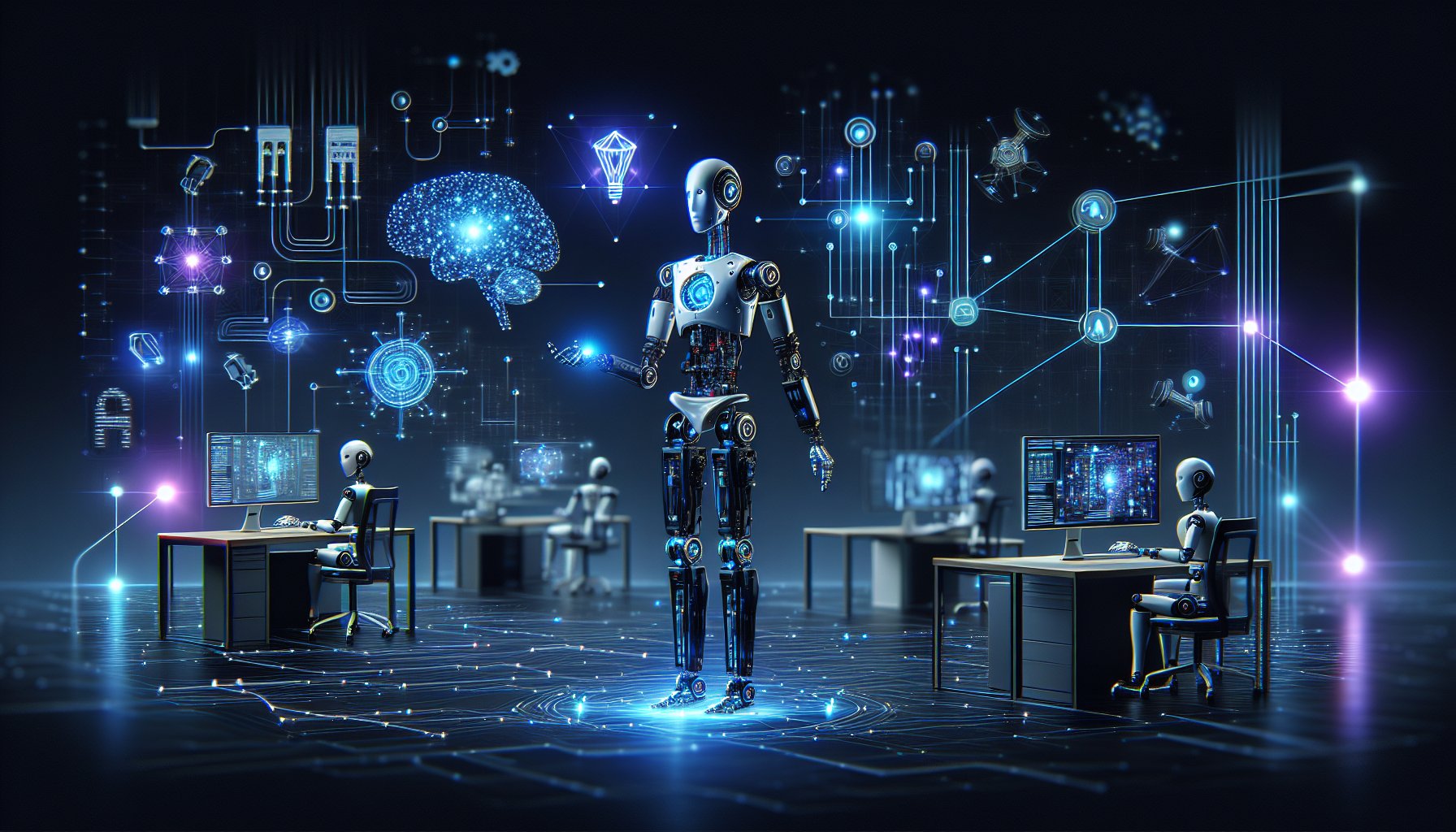Introduction to Agentic AI Workflows
As we navigate the rapidly evolving digital landscape of 2025, Agentic AI Workflows are emerging as the next frontier in IT development. This cutting-edge technology not only streamlines processes but also empowers systems to learn, adapt, and make decisions independently. This blog post explores the intricacies of Agentic AI Workflows, their benefits, and how to successfully implement them in your organization.
Understanding Agentic AI
Agentic AI is a revolutionary approach to artificial intelligence that imbues systems with agency, allowing them to initiate actions, learn from interactions, and make informed decisions. This transformative technology is ushering in a new era of intelligent automation and digital transformation.
Key Features of Agentic AI
Agentic AI systems are characterized by their self-learning capabilities, decision-making autonomy, and adaptability. They can initiate actions based on their understanding of the environment, learn from outcomes, and refine their strategies for future interactions.
Agentic AI Workflows: The Future of IT Development
Agentic AI Workflows are the application of Agentic AI principles in streamlining business processes. They are designed to be self-improving, with the capacity to learn from each task they perform and adjust their strategies accordingly. This enables them to increase efficiency, reduce errors, and provide unprecedented levels of customization and personalization.
Benefits of Agentic AI Workflows
Agentic AI Workflows can revolutionize the way businesses operate, offering numerous benefits such as improved operational efficiency, reduced human error, increased adaptability, and personalized user experiences.
Implementing Agentic AI Workflows
Implementing Agentic AI Workflows requires a strategic approach. It begins with identifying the appropriate business processes that could benefit from automation and personalization. The next step is to develop a comprehensive workflow that encapsulates these processes and incorporates learning mechanisms. Finally, it involves deploying this workflow and continuously monitoring its performance for future improvements.
Example: Implementing Agentic AI Workflows with Python
Python, with its expansive library support for AI and machine learning, is an excellent tool for implementing Agentic AI Workflows. Libraries such as TensorFlow and PyTorch can be leveraged to build robust learning mechanisms for your workflows.
```python # An example of a self-learning workflow using TensorFlow import tensorflow as tf # Define your initial workflow workflow = tf.keras.Sequential([ # Add your layers here ]) # Train your workflow with your data workflow.fit(training_data) # Use the trained workflow to make decisions predictions = workflow.predict(new_data) # Use the predictions to refine your workflow workflow.fit(new_data, predictions) ```This is a simplified example, but it showcases how Python and TensorFlow can be utilized to create a self-improving workflow.
Conclusion: Embracing the Future
As we move forward into an increasingly digital future, staying on top of emerging trends is crucial. Agentic AI Workflows represent the cutting edge of IT development, offering unprecedented levels of efficiency and customization. By understanding and implementing these workflows, businesses can streamline their processes, reduce errors, and offer personalized experiences like never before.
As developers and IT professionals, it's our responsibility to embrace these advancements and leverage them to drive our organizations forward. So, let's dive into the future and master the art of Agentic AI Workflows!
